Summertime is finally here and Victorians are anxious to get outside and enjoy all the activities and events our beautiful island has to offer. While many of the events Victorian’s look forward to every summer have been canceled due to the pandemic, there are still plenty of outdoor activities to experience. That said, when you’re recovering from an old injury, finding activities you can safely partake in can prove a challenge at times. Here’s a list of relatively low-impact activities to consider along with tips from our registered massage therapist in Victoria BC.
Exploring Victoria’s Local, Outdoor Markets

Victoria’s outdoor markets are a forager’s delight and are a perfect, low-impact way to spend a summer morning or afternoon without causing undue strain. Grab a coffee or snack and enjoy exploring the following markets at your own pace, and don’t hesitate to take a seat and rest along the way. Victoria hosts a variety of outdoor public markets but the following are a few of our favourites that are, thus far, still operating (according to physical distancing measures) this summer.
Safe Foraging Tips From a Registered Massage Therapist in Victoria, BC:
Being as neck, back, knee and hip pain can often stem from irregular gait issues, make note of your posture while standing. Keeping your shoulders back and knees slightly bent can help reduce undue strain when standing for long periods. Listen to when your body is asking for a rest. Fortunately, Victoria has a lot of areas suitable for sitting and resting. Also, don’t forget to hydrate! Carry a reusable water bottle with a splash of coconut water or a Nuun electrolyte tablet to keep your body well hydrated in the heat. Besides preventing dehydration and heatstroke, good hydration helps prevent muscle tension and lactic acid build-up.
Bastion Square Market
What to Expect: Located along Government Street (between Government and Wharf Street and beside Irish Times Pub), Bastion Square Market brings together local artists and makers, showcasing locally-crafted art, jewelry, baking, teas, clothing, hand-bound leather journals and more. Visit their Facebook Page for more details and event updates.
When: Thursdays, Fridays and Saturdays from July 4 to Sept 27
What Time: 11am – 4:30pm
Where: Bastion Square, along Government Street in downtown Victoria.
Getting There: Map and Directions Here
Midsummer Artisan Market
What to Expect: Hillside Shopping Centre is hosting a large outdoor market featuring food and wares offered by up to 50 local artists and vendors. There will be treasures abound for all ages to safely enjoy and explore while maintaining social distancing measures. Visit their Facebook Page for more details and event updates.
When: Saturday & Sunday of August 8th & 9th
What Time: Saturday 10am – 6pm, Sunday 11am – 5pm
Where: Outdoor Parking lot (behind Marshall’s Dept Store) of Hillside Shopping Centre, at 1644 Hillside Ave.
Getting There: Map and Directions Here
Moss Street Market
What to Expect: One of Victoria’s most popular outdoor markets. Local farmers, artists and craftspeople have been coming together at Moss Street to showcase and sell their goods since the early 1990s. Visit their Facebook Page for more details and event updates, and check out their market vendor map here.
When: Saturdays from May through October
What Time: 10am – 2pm
Where: Spanning Robert J Porter Park and Brooke Street Park in the Fairfield area on the outskirts of downtown Victoria.
Getting Here: Map and Directions Here
Get Back in Touch With West Coast Nature With a Trail Walk
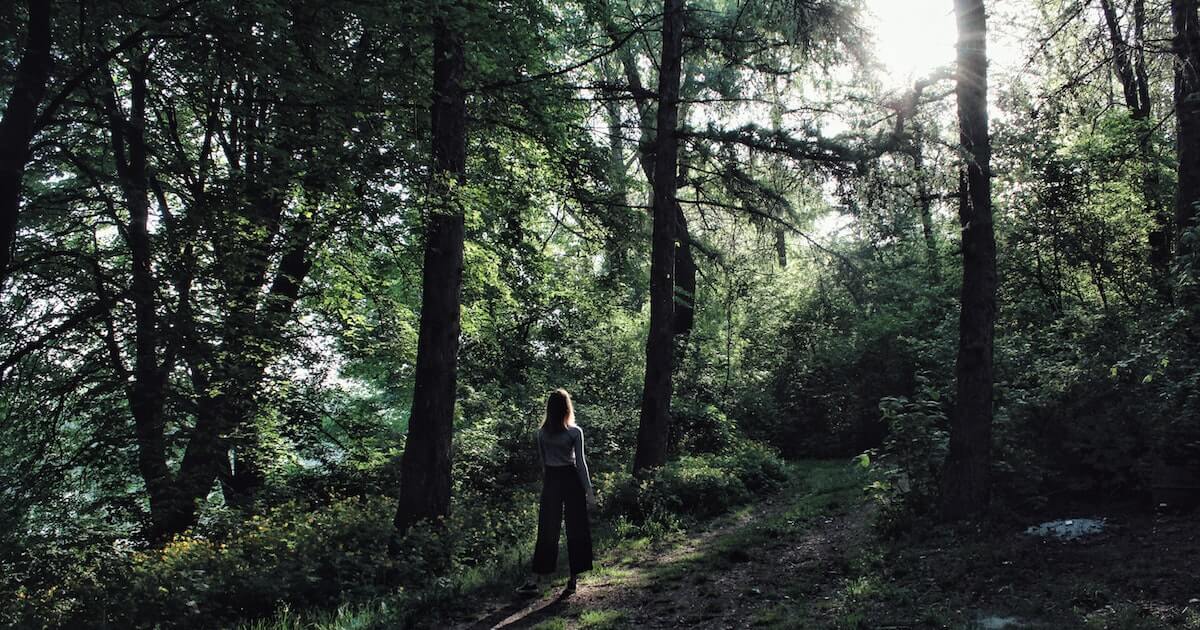
Vancouver Island is best known for its natural splendor, trails, coastlines and forests. While our outdoors are enjoyed year-round, summertime provides more daylight hours and warmth to enjoy our outdoor trails and waterfront. When was the last time you walked through the woods or relaxed at the beach? Whether you’re up for some light activity or need an excuse to get outdoors and catch up with a friend, Victoria offers a variety of low-impact trails and watersports to try this summer.
Trail Walking Tips From a Registered Massage Therapist in Victoria, BC:
First and foremost, consider the activity, duration, outdoor elements, your current physical conditioning and pre-existing injuries before embarking on any activity. Make sure you pre-hydrate and carry enough water and light snacks to fuel your excursion. Always make a point of letting someone reliable know where you are going to be in case of emergency, and if the activity allows, carry your phone with you just in case. Make sure to wear the right footwear for long walks (no flip flops).
A Forested Walk Around Elk and Beaver Lake Trail
What to Expect: The flat, 10km long, wood-chip trail that wraps around Beaver Lake and Elk Lake is perfect for walking while catching up with a friend. The soft, marked trail that outlines the edges of both lakes is lined with tall trees that shelter much of it from the sun. While the flat trail is ideal for low-impact walking and jogging, prevent aggravating a pre-existing injury by considering the distance and what your body is accustomed to. View this page on Victoria Trails website for more details and directions.
When: Year-Round
What Time: Anytime during daylight hours. Depart on your walk no later than 2-3 hours from sundown.
Where: Located in Saanich, which is about a 20-minute drive from downtown Victoria. To start your walk from Beaver Lake Park where there is ample parking, take the Pat Bay Highway, heading towards Sidney. Take a left at the traffic lights at Elk Lake Drive and keep left before turning right into the entrance of Beaver Lake Park. Once you enter the park, continue driving along the narrow, wooded road until you reach the first large parking area. Leashed dogs are always welcomed on the trail but not on the beach or picnic areas between June 1st to Sept 15.
Getting Here: Beaver Lake Park Map and Directions Here.
Decompress With a Beachfront Stroll Along Island View Beach
What to Expect: Take in the fresh ocean air and scenic views of Haro Strait with a leisurely walk along the 2km long, flat gravel trails surrounding Island View Beach. Less than a 30-minute drive from downtown Victoria, Island View Beach is one of Victoria’s most scenic, sheltered waterfronts and includes designated parking, washrooms, picnic and camping areas. Leashed-dogs are always welcomed on the trail but are not permitted on the beach or picnic areas from June 1 to Sept 15. Visit their page on Victoria Trails website for more details and directions.
When: Year-Round
What Time: Any time of day or evening. Island View Beach offers an excellent vantage point for stargazing as well.
Where: Central Saanich. Take Pat Bay Hwy towards Sidney and turn right on Island View Road.
Getting Here: Map and Directions Here
Explore the Coastlines by Paddleboard
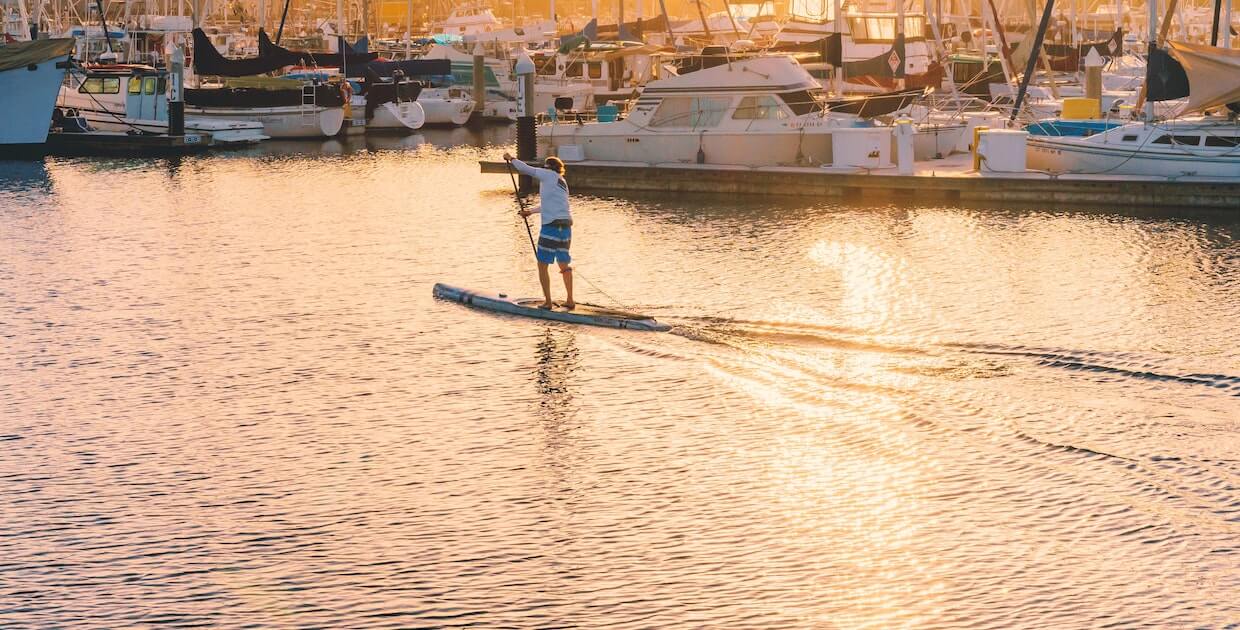
What’s island living without indulging in a water sport or two? What Victoria lacks in big surfing breaks, it makes up for in ideal conditions for lower-impact activities such as stand-up paddle boarding.
Paddle Boarding Tips From a Registered Massage Therapist in Victoria, BC:
If you’re going to bring items with you, It’s a good idea to place your phone, keys and cash in a sealed Ziplock bag before placing them in a dry bag affixed to the paddleboard. Always let someone know where you’ll be, and wear a life jacket.
When renting your paddleboard, a reputable vendor will take the time to properly fit you to a lifejacket and paddle length. The appropriate paddle length will help you maintain proper balance and posture on the board while reducing undue stress and tension in your arms, shoulders, neck and back.
While paddleboarding is considered a relatively low-impact activity compared to more strenuous water sports, its suitability depends on your current conditioning and the nature and location of your injuries. Balancing on a paddleboard requires the exertion of core muscles, and stabilizing muscles of the quads, glutes, hamstrings and calves, while the action of proper paddling works the upper back, shoulders and trapezius muscles. Make time to stretch your muscles while they’re still warm following your paddleboard excursion. People with excessive upper back, shoulder and neck injuries should consult with their registered massage therapist, physician or health practitioner before engaging in any new activities.
Paddleboarding the Sheltered and Scenic Waters of Brentwood Bay
What to Expect: You’ll find a variety of paddleboard rental services and areas to explore throughout Victoria and Saanich. One of the things we love about paddle boarding in Brentwood Bay is the sheltered waters of Saanich Inlet that connect to Tod Inlet which runs behind Butchart Gardens. We also appreciate Brentwood Bay Lodge’s full-service marina (complete with private washrooms and showers), and of course, the on-location pub.
The waters of Brentwood Bay offer ideal conditions for paddleboarding. And Pacifica Paddle Sports sets you up right there on the dock. Take one of their tours or go off on your own. Paddle the coastline west of the docks for a fun tour through moored sailboats before reaching the serene waters of Tod Inlet. Take your time around stony outcrops to marvel at colourful abalone and starfish, and mind your paddling as you glide over the glass-like waters of Tod Inlet that tuck behind Butchart Gardens–home to blooms of beautiful but relatively harmless, fried egg (Phacellophora camtschatica) jellyfish. You’ll likely work up an appetite, and the Brentwood Bay Pub and Patio are a perfect way to complete your day.
When: Mon through Sunday
What Time: 9am – 8:30pm
Where: Located at Brentwood Bay Lodge and Marina (an estimated 30-minute drive from Downtown Victoria). Pacifica Paddle Sports Brentwood location is nestled on the docks of Brentwood Resort’s marina.
Getting Here: Map and Directions Here.
We’re Here for You

An injury doesn’t mean you have to sit on the sidelines this summer. There are plenty of low-impact activities you can still safely enjoy. Be mindful of the signals your body sends you, be prepared for each excursion, and make time for adequate rest, recovery and self-care.
If you have any questions, pains or concerns, consult a registered massage therapist in Victoria at Diversified Health Clinic for information about the treatment options and integrated approach we offer.

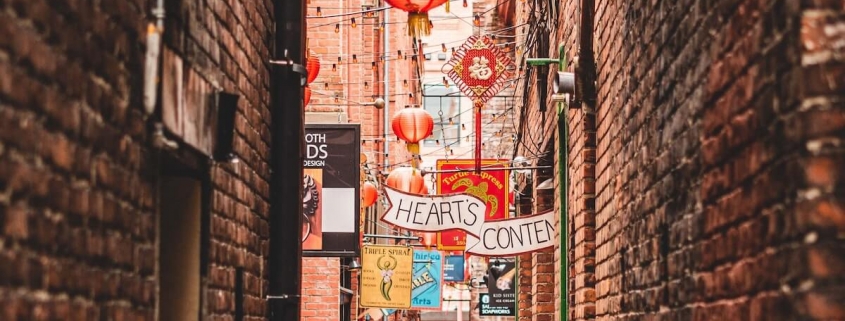
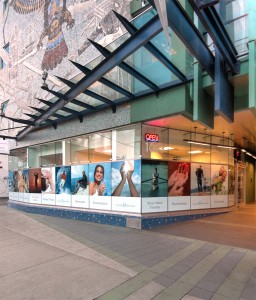

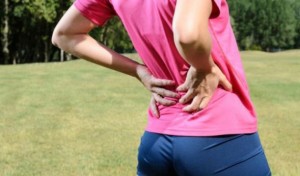
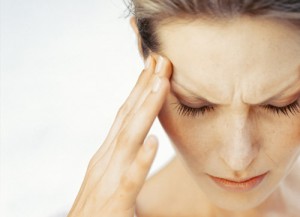
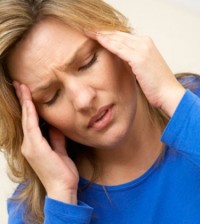
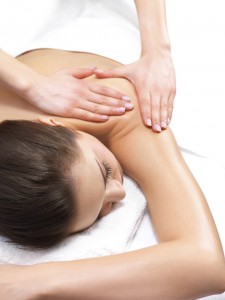
 During this time of year it is easy to feel
During this time of year it is easy to feel 